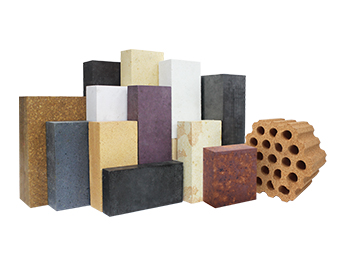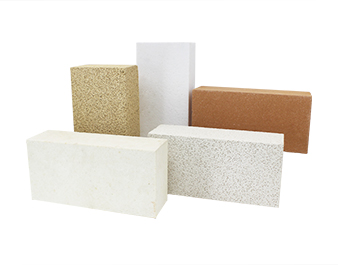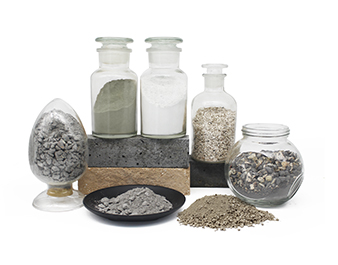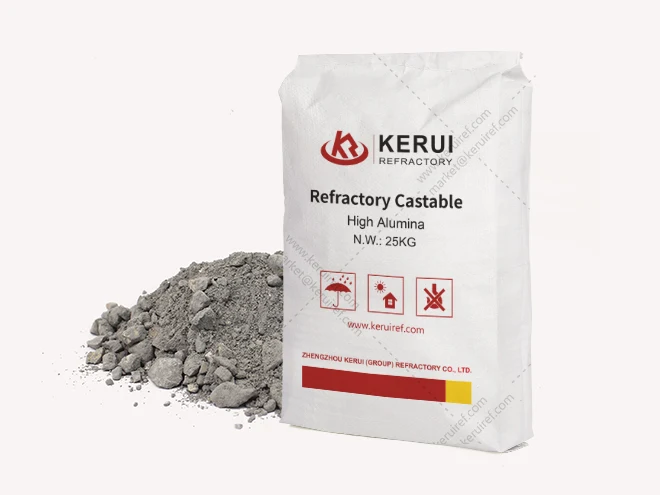
High Alumina Refractory Castable
- Al2O3≥/%: 50-80
- Bulk Density ≥/ (g/cm³): 2.15-2.65
- Cold Modulus of Rupture ≥/MPa: 4-7
- Cold Crushing Strength ≥/Mpa: 25-40
- Refractoriness ≥/℃: 1700-1780
- Certification: ISO9001/ISO14001/ISO45001/ISO50001
- Sample: testing of sample is available
Description of High Alumina Refractory Castable
The appearance of high alumina refractory castables is powdery and sandy, which belongs to unshaped refractory materials. It is made of high-alumina raw materials as aggregate, powder, and binder to form a uniform mixture that can be easily molded and installed in various high-temperature applications. High alumina castables have excellent heat resistance, thermal shock resistance and high strength. It is usually used in various high-temperature and harsh environments, such as the lining of high-temperature kilns, blast furnaces, incinerators and other industrial equipment.
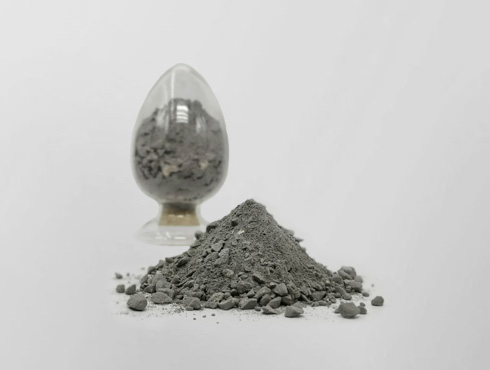
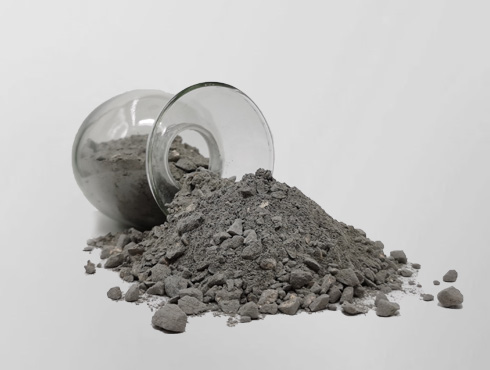
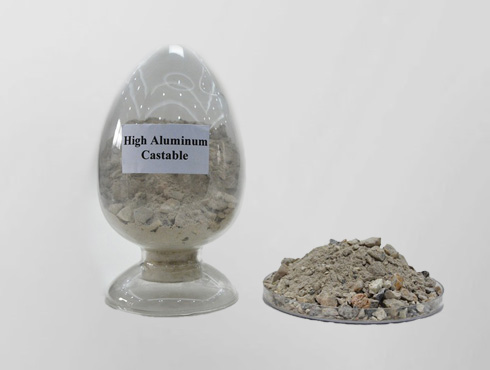
Kerui High Alumina Refractory Castable Technical Data Sheet
| Item/Grade | GLJ-50 | GLJ-60 | GLJ-65 | GLJ-70 | GLJ-80 | |
|---|---|---|---|---|---|---|
| ω (Al2O3) ≥/% | 50 | 60 | 65 | 70 | 80 | |
| Refractoriness ≥/℃ | 1700 | 1720 | 1720 | 1720 | 1780 | |
| Bulk Density ≥/ (g/cm³) | 110℃*24h | 2.15 | 2.30 | 2.40 | 2.45 | 2.65 |
| Cold Modulus of Rupture ≥/MPa | 4.0 | 5.0 | 6.0 | 6.0 | 7.0 | |
| Cold Crushing Strength ≥/Mpa | 25 | 30 | 35 | 35 | 40 | |
| Permanent Linear Change (T/℃*3h)/% | ±0.8 (1350℃) |
±0.8 (1400℃) |
±0.8 (1500℃) |
|||
Manufacturing Process of High Alumina Refractory Castable
Step 1
Select the raw materials required for high-alumina refractory castables, such as high-alumina aggregates, powders, etc.
Step 2
Calculate the dosage of various raw materials according to the formula, and strictly control the aggregate particles
Step 3
Put the weighed aggregates into the mixer and stir evenly to avoid uneven dispersion or agglomeration.
Step 4
After the mixing is completed, the high-alumina castable needs to be packed into a ton bag for packaging
Advantages of High Alumina Refractory Castable
High-Temperature Resistance
High alumina castables contain a large amount of alumina and have a high melting point, usually between 1000℃ and 1700℃. It can maintain stability in extremely high environments and is suitable for high-temperature industries such as steelmaking and cement.
Impact Resistance
Binders for high alumina castables provide strength and cohesion to the castable. Impact resistance means it can withstand mechanical shock and high stress without cracking.
Low Bulk Density and Porosity
The water consumption of high-alumina refractory castables is half that of ordinary castables, which improves the compactness of castables and reduces porosity. Low porosity improves energy efficiency by reducing the penetration of slag and corrosive gases and minimizing heat loss from the material.
Good Wear Resistance
The wear resistance of the castable can withstand the wear of solid particles or liquid, which can increase the life of the furnace lining and reduce maintenance costs.
Excellent Chemical Resistance
High alumina refractory castables are highly resistant to acids, alkalis, and other corrosive substances. They are resistant to chemical reactions that may cause refractory lining erosion, degradation, or structural damage. High alumina refractory castables are able to withstand these corrosive environments.
Application of High Alumina Refractory Castable
Petrochemical Industry
High alumina refractory castables can be applied in cracking furnaces, sulfur recovery units, etc. in the petrochemical industry. These castables provide heat insulation, corrosion resistance, and high-temperature stability in reformer tubes and combustion zones.
Cement Industry
High alumina castables are commonly used to line kilns, preheaters, and cyclones to provide high-temperature protection. It can also be used to build the lining of cement rotary kilns, reduce maintenance costs and improve production efficiency.
Steel Industry
Castables are generally used in steel ladles, ladle covers, etc. in the steel industry to withstand the extreme temperatures and corrosive slag encountered in the steel casting process. The use of high alumina refractory castables in the steel industry ensures effective insulation, prolongs the life of equipment, and increases overall productivity.
Heat Treatment Industry
High alumina refractory castables are used in heat treatment furnaces, annealing furnaces, tempering furnaces, quenching tanks, etc. The use of high-alumina refractory castables in the heat treatment industry can achieve precise temperature control and uniform heat distribution in the furnace, prolong the service life of equipment, and help improve productivity and product quality.

